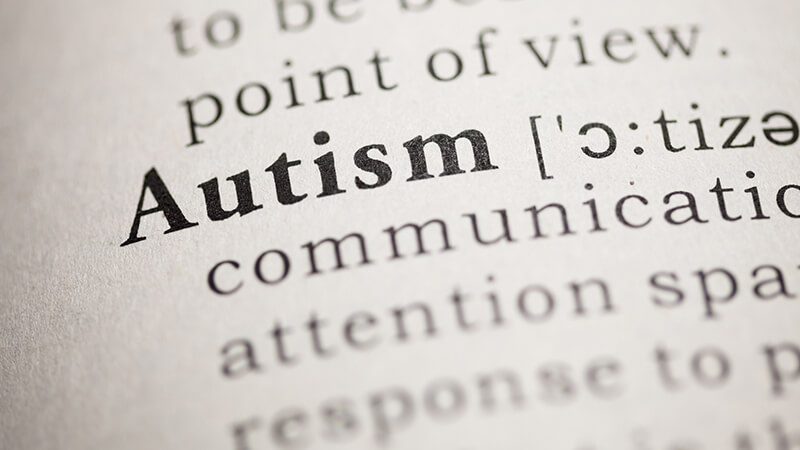Essentially, autism research began by exploring childhood psychosis. In the matter of exploring all of the symptoms related to childhood developmental disorders, a wide set of symptoms came to describe only a few conditions. In the early 1960s, Britain was undergoing a child psychiatry revolution. There was an explosion of interest in the minds of children, and how some phenomena could be examined from a statistical and epidemological viewpoint. That interest carried over into the 1970s, when more formal definitions of distinct childhood disorders began to emerge. Using the epidemiological context, researchers were able to put groups of children into more accurately defined groups.
By the late 1970s, a definition of autism that more closely resembles the definition we use today was heavily popularized. And in 1980, autism was featured in the DSM-III as its own distinct diagnostic category.
Treatment has evolved along with diagnosis. Behavioral treatments incorporating social, reasoning and motor skill development have led to big improvements from the onset of diagnosis as time passes. Auditory therapy emerged in the 1980s as well, in order to treat the sensory sensitivity that some autistics experience through auditory stimulation.
Is the Definition of Autism Still Evolving?
What is perhaps most fascinating though, now that we have a distinct, well formed definition of autism that we are currently finding some success toward treating, is the rising level of diagnoses.
Studies have been attempted to determine whether the rise in diagnoses is due to increased awareness of symptoms, concurrent with a declining stigmatization of the disorder, or if there is an environmental trigger that may be leading to a rapid increase in cases of autism.
A rise in high-functioning autism has vastly outpaced that of low-functioning autism. There are some people who think this may be due to overdiagnosis of the disorder. This can be observed through a phenomena of highly concentrated diagnostic emergence. In certain areas, usually wealthy areas with high quality, regular access to pediatric care, a spike in diagnoses appears to grow exponentially.
In regards to this trend, there are at least three possibilities:
1) Some doctors may be overeager to diagnose autism and are doing so by reinforcing a current diagnosis with behaviors described by a previous diagnosis. Diagnosis begets diagnosis, whether or not autism is present.
2) The definition of autism that we currently use is merely continuing to evolve the same way that it has done, and we are now seeing that prevalence is much higher than we realized.
3) There is a concentrated exposure to an environmental intoxicant that is causing a higher risk of autism in certain areas.
In any case, autism rates do continue to rise in a manner that is broadly indicative of a change beyond that encompassed by mere overdiagnosis. The definition of autism will change only slightly, unless new symptoms emerge or other symptoms are absorbed into the diagnosis. While an environmental trigger is almost certainly part of the cause of autism, it is at the very least, unlikely that a highly concentrated trigger is present in wealthier areas with better access to quality medical care for children.
However the definition is changing, one thing remains. Treatment is becoming more effective. A diagnosis of autism is no longer a harbinger of doom and poor social development. Individuals with autism can grow to be highly functional and productive participants in society.
To learn about how New Directions for Young Adults is helping individuals with autism and their families transition into a happy adulthood, call (954) 571- 5102.




